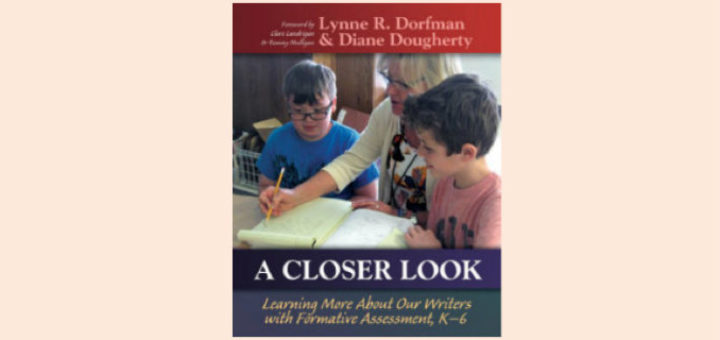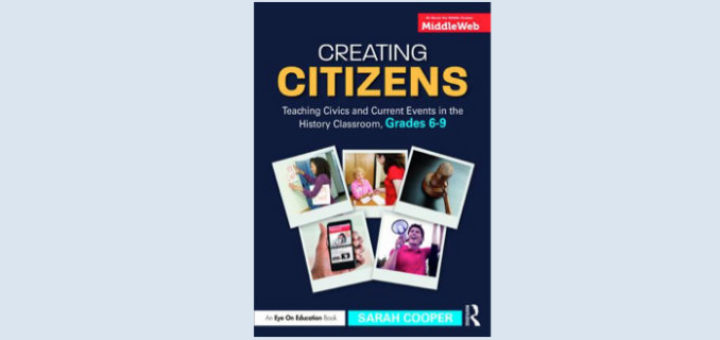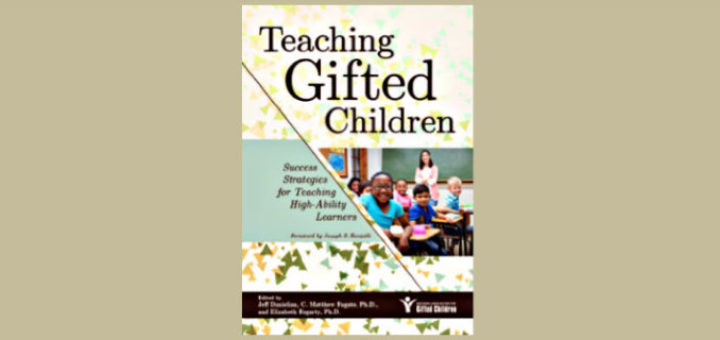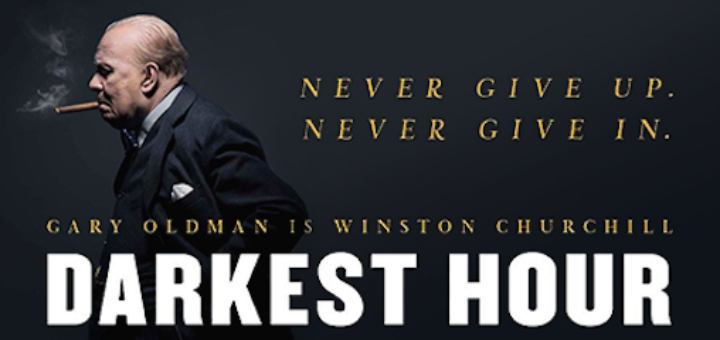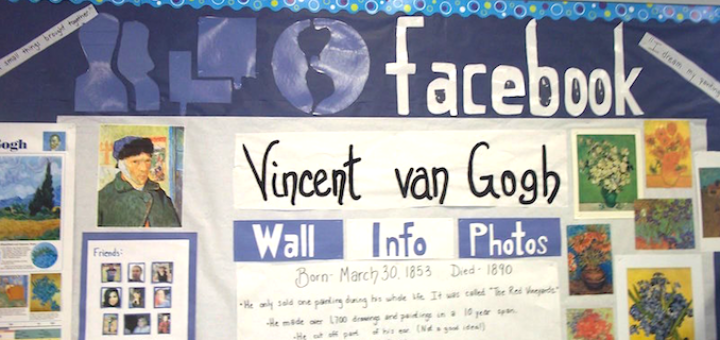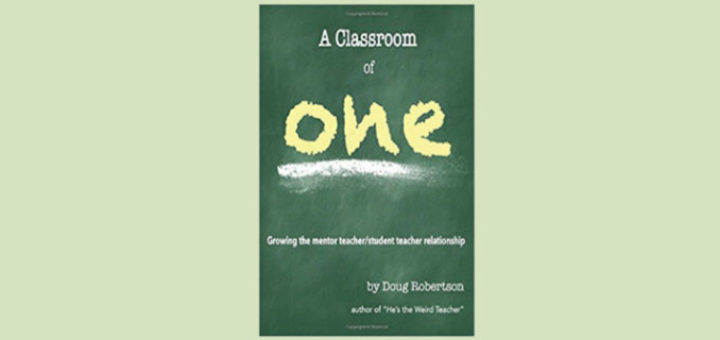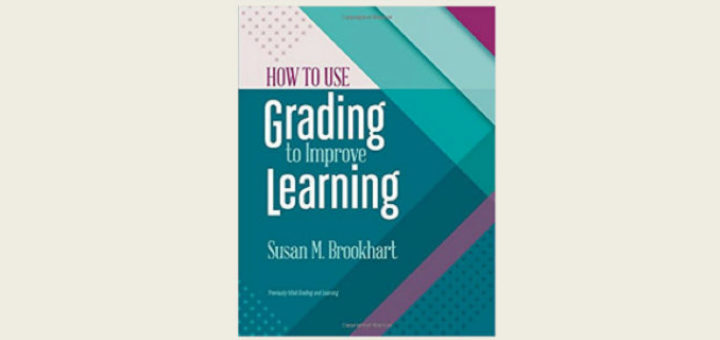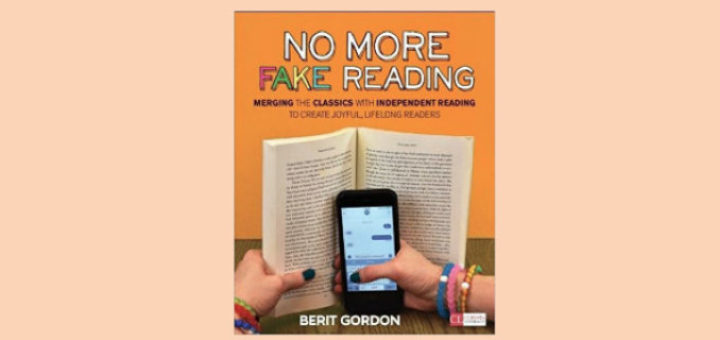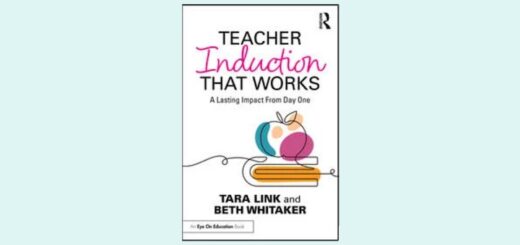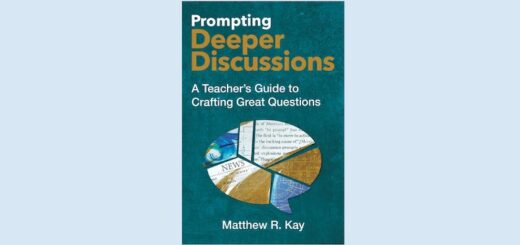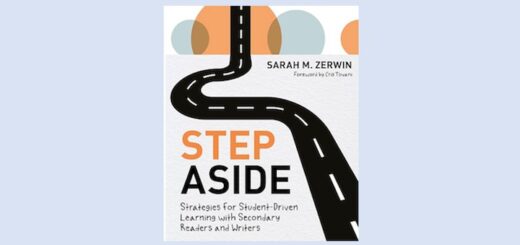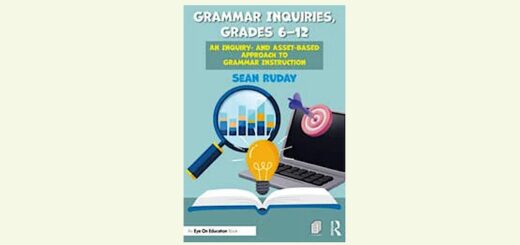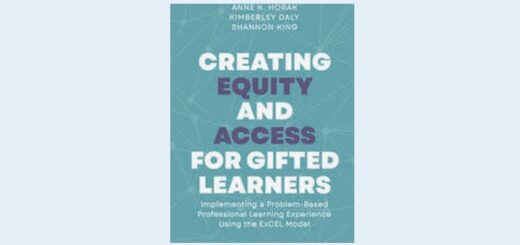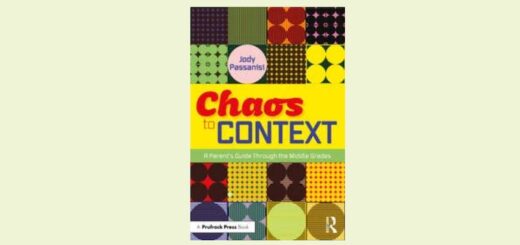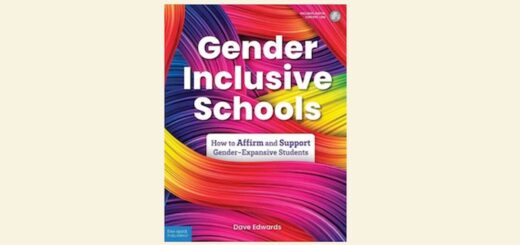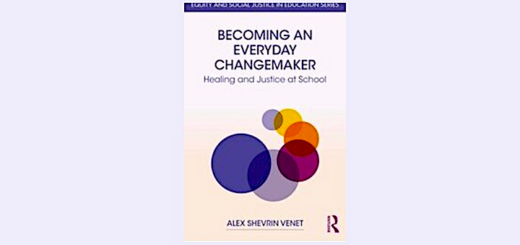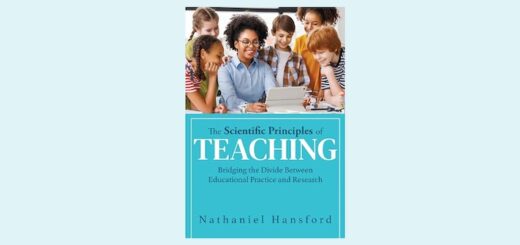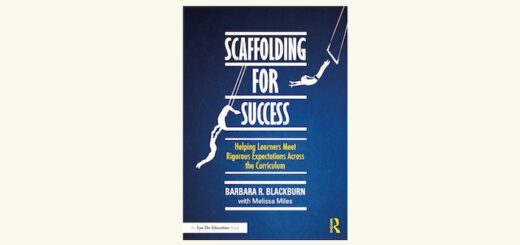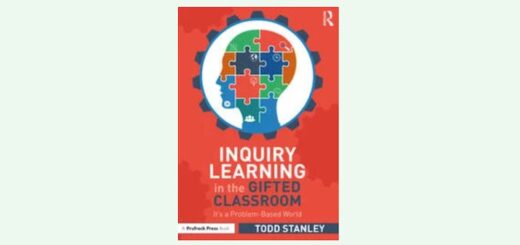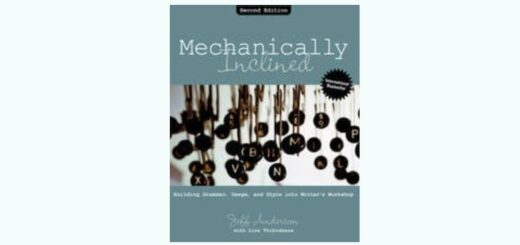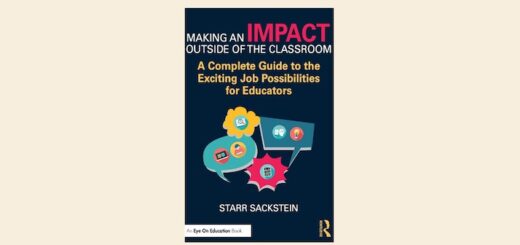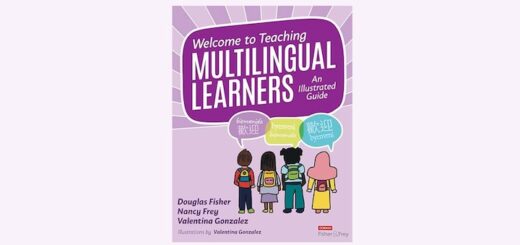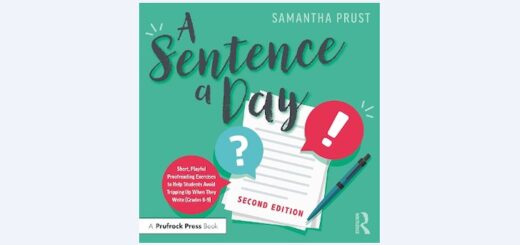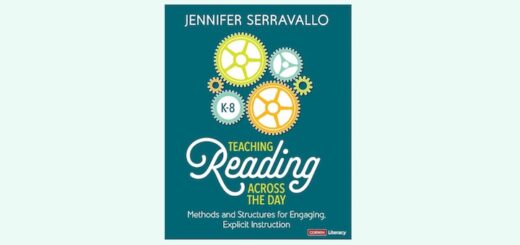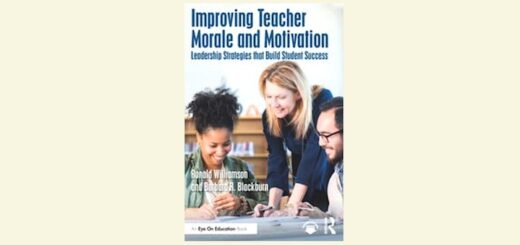Teaching and learning in grades 4-8
A Closer Look: Learning More About Our Writers with Formative Assessment (K-6) provides insight into an area often glossed over during writing instruction. Teacher turned teacher educator Benjamin Boche reports novices and veterans can deepen their workshop practice.
With sensitivity and practicality, Sarah Cooper takes on the heightened challenge of teaching civics and governance to today’s adolescents. Fellow middle grades teacher Heather Wolpert-Gawron finds practical strategies and lessons that can be used across the curriculum.
Whether you teach in a gifted education classroom or have gifted students in your general classroom, you will find Teaching Gifted Children a thorough treatment of established practice and current trends in working with high-ability learners, says educator Linda Biondi.
Recognizing that his gifted ninth graders possessed a fresh perspective on their middle school teacher experience, veteran educator and author Jim Delisle asked his classes to share their thoughts. What he learned may not surprise you, but it’s certainly food for thought.
Examining differences between the movie and the actual history – and the processes screenwriters use to adapt a true story – is worthy of media literacy classroom time, says Frank Baker, author of Close Reading the Media. Truth is, the film will never match the book!
Recently Sarah Cooper’s history classes debated whether the electoral college should be abolished. Reflecting on the weeklong unit, Cooper concludes she “misstepped” in several ways. Learn what she plans to do differently next year, starting with a fresh debate topic.
Self-check classroom and school “real estate” to make sure you’re organized to showcase, celebrate, and convey messages and content that invite all learners to joyfully learn more, writes author Regie Routman. In particular, critically examine your classroom libraries.
Doug Robertson offers meaningful, practical advice on how to insure that having or being a student teacher benefits both sides. In addition to plentiful laughs, teacher-librarian and former mentor Rita Platt finds useful tips on many aspects of having a student teacher.
No matter where you are in your journey to understand grading, this book can help, says middle school teacher Emily Prissel. Susan Brookhart does a nice job of presenting important ideas succinctly and clearly, while giving practical advice and ready-to-use strategies.
Berit Gordon offers a step-by-step plan for playing catch up with students who are not regular readers and therefore do not have the reading skills or the knowledge base to feel anything but overwhelmed and bored by classic literature, says classics teacher Kelley Pujol.

